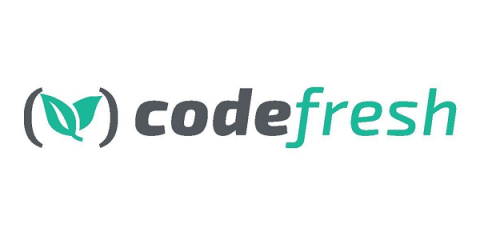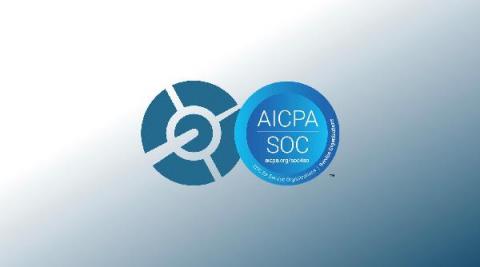Top 20 DevOps Blogs to Keep Your Eye on in 2021
The process of developing software applications has evolved over the years. DevOps has taken over the world, and more and more companies are starting to adopt the DevOps culture in their process. DevOps is a practice of operations where engineering teams work together through the entire software development cycle. It includes functions from development to testing and deployment to production support. Because of that, DevOps has become popular in the industry.











